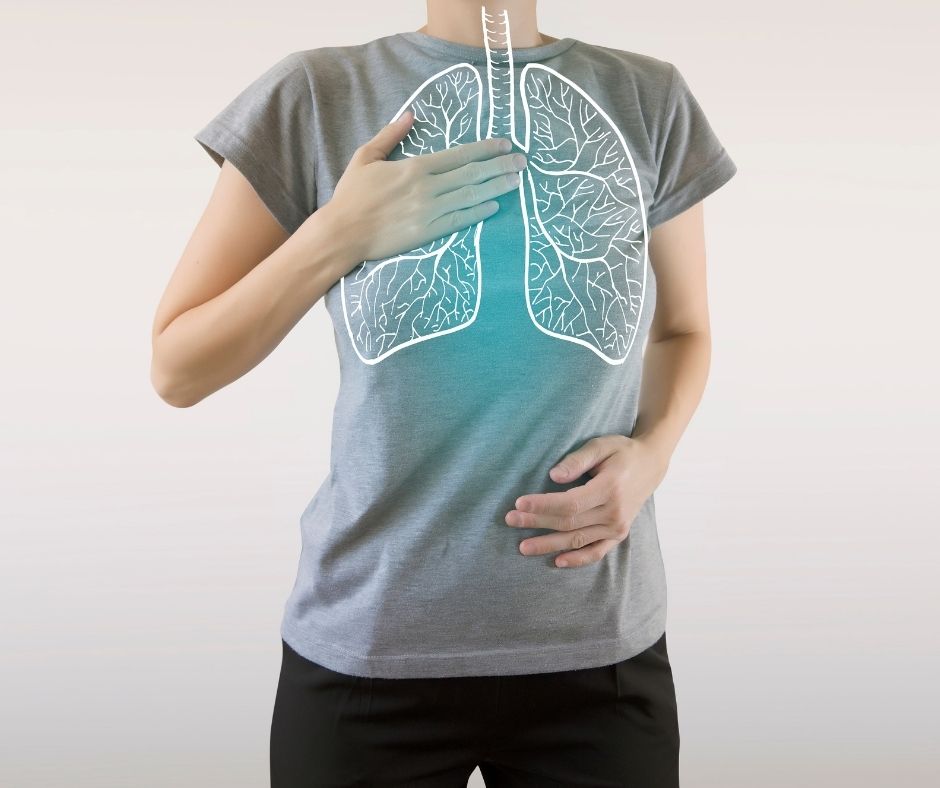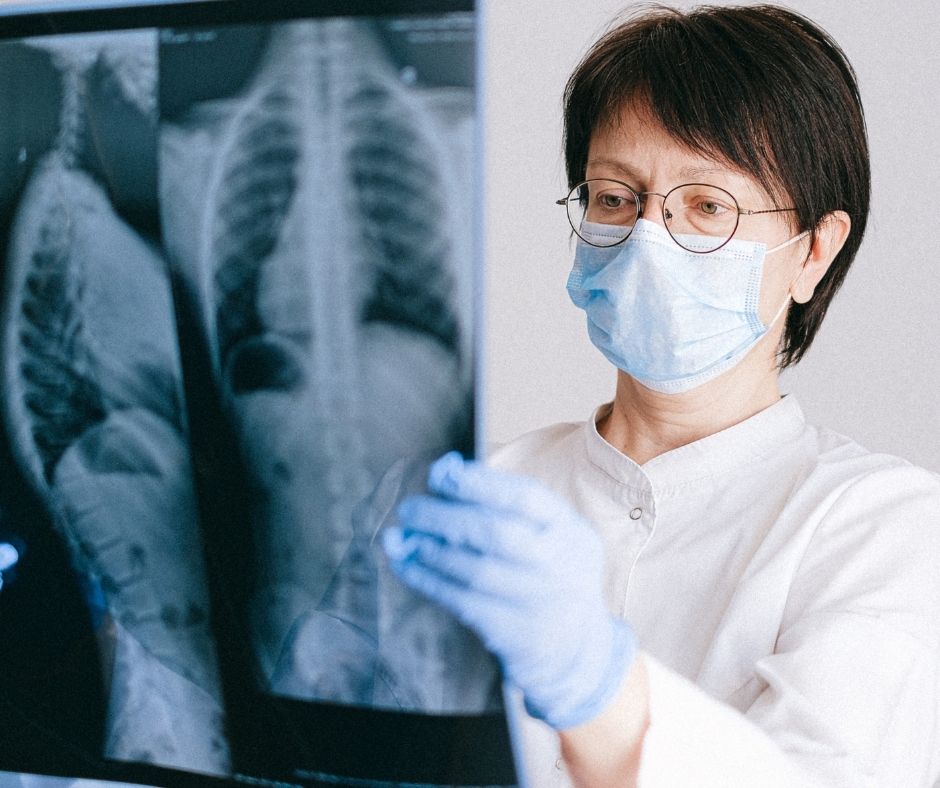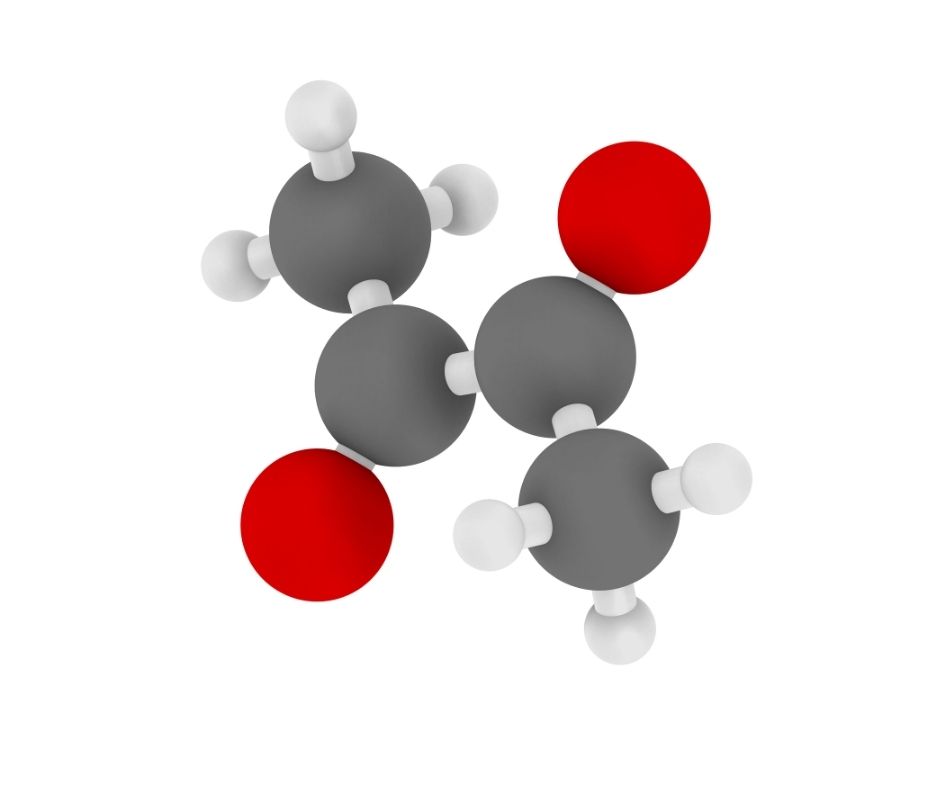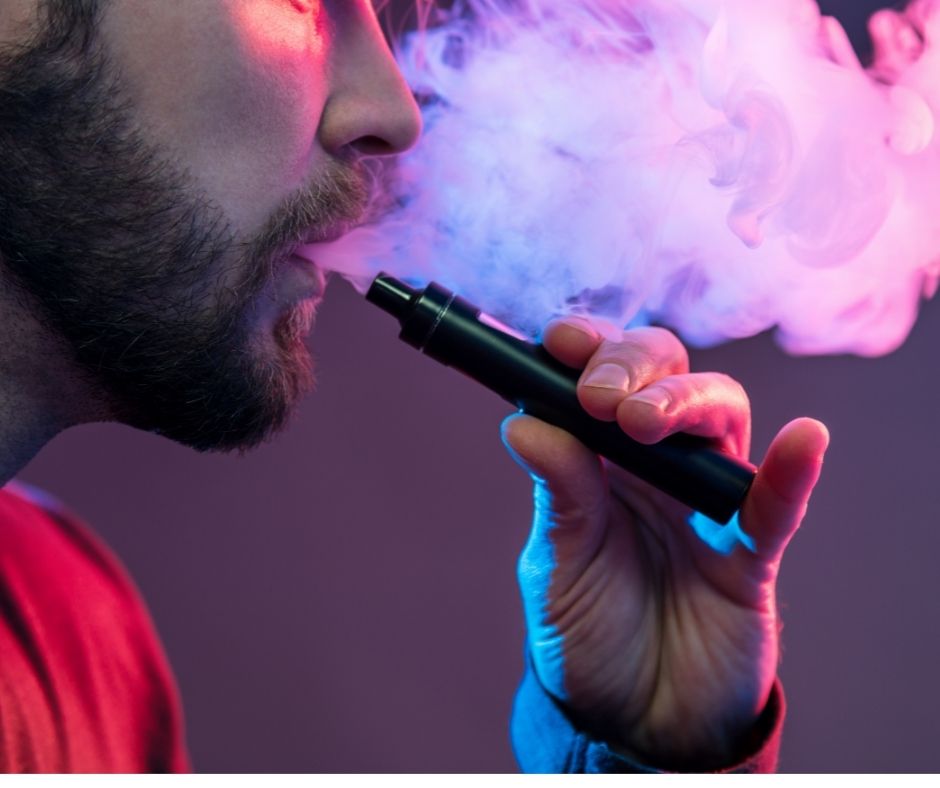As a comparatively new lifestyle choice, vaping often faces questions about health and safety. The dangers of smoking cigarettes have been well documented for decades. Vaping devices, however, still primarily operate in a realm of anxious theory. Among the most prominent health concerns connected to vaping is so-called Popcorn Lung. A handful of young people across the United States and Canada were hospitalised with lung complaints throughout 2019.
The one thing these patients had in common was that they all owned and utilised e-cigarettes. Naturally, this led to a range of assumptions. The question remains, however – can vaping cause popcorn lung?
Popcorn Lung Explained:
- What is popcorn lung?
- What causes popcorn lung?
- Why diacetyl is legal?
- How many people have developed popcorn lung from vaping?
- What are the symptoms of popcorn lung?
- How can I protect myself from popcorn lung?
1. What is Popcorn Lung?
Popcorn lung is the colloquial term for the medical condition bronchiolitis obliterans, or obliterative bronchiolitis.

Popcorn lung impacts the bronchioles, which are tiny airways located within the lungs. The condition causes inflammation within the bronchioles, which in turn leads to scar tissue forming on the lungs. This restricts airflow, which will have a significant impact on the respiratory system.
2. What Causes Popcorn Lung?
The name ‘popcorn lung’ stems from the agent believed to cause the issue – diacetyl. Diacetyl is a chemical compound a strong butterscotch flavour.

This means that diacetyl is frequently used as a sweetening agent in food and drink. The most common example of this is microwave popcorn. Diacetyl provides this product with its unmistakable scent and taste.
Unfortunately, diacetyl is as dangerous as it is delicious. The journal Toxicological Sciences confirms that inhaling this chemical is what causes inflammation within the bronchioles. In addition, two other compounds are considered equally dangerous.
The most prominent of these is acetoin. Acetoin is often linked to diacetyl, due to the compound’s buttery aroma. This connection stretches further, too. Explained by the journal Food and Chemical Toxicology, traces of acetoin can generate diacetyl. Acetoin must be not be inhaled.
The third point of this triangle of danger is acetylpropionyl. This compound is often used to create a buttery or caramel flavour in foods. It’s also found in some solvent products. Inhaling acetylpropionyl is every bit as dangerous as acetoin or diacetyl.
3. If Diacetyl is Dangerous, Why is it Legal?
It isn’t. Diacetyl is a banned substance in e-liquids for vapes and e-cigarettes under the EU law. Any vape juice sold in the UK – including anything you will find within the Mist e-shop – is diacetyl-free.

This means that we can answer the question of whether vaping causes popcorn lung with a solid, “no” – provided consumers vape safely and sensibly.
The FDA has yet to formalise a ban across the Atlantic however, which presumably explains the number of cases of popcorn lung attached to vaping in the USA. Diacetyl has been declared safe for ingestion by the FDA, but as of yet no policy has been struck surrounding inhalation.
Several states have taken to banning flavoured e-liquids as a precaution, concerned that diagnoses will continue to build – especially among young vapers, who are attracted to unique flavours. While this concern is admirable, it’s akin to cracking the shell of a walnut with a sledgehammer.
Popcorn lung and vape juice are not intrinsically linked, in the way that tobacco is accompanied by the unavoidable risk of lung cancer. It is possible to vape safely, if e-liquid ingredients are sourced and chosen responsibly.
If you buy from a licensed trader, your e-liquid will be rested and approved by the Medicines & Healthcare products Regulatory Agency (MHRA) and will be devoid of harmful ingredients. A private seller may not be able to offer the same assurances.
4. How Many People Have Developed Popcorn Lung from Vaping?
As vaping is still so new, it is impossible to answer this question with scientific accuracy. A handful of cases of a popcorn lung have been attributed to vaping.

This is based on theory and speculation, however. It will be a number of years before enough data has been collated to form a solid scientific opinion.
It should also be stressed that all cases of suspected popcorn lung cases connected to vaping have originated in the United States and Canada. Remember – in these locations, diacetyl remains a legal ingredient in vape juice. This has led to a public health concern, dubbed vaping lung disease.
These concerns were magnified by a study published by the journal Environmental Health Perspectives back in 2015. This study made the accusation that popcorn lung and vaping are interconnected. This was based on studying the ingredients of 51 different e-juices, finding that 39 of them contained diacetyl. When testing for acetoin and acetylpropionyl too, this number rose to 47.
The study has been dubbed as misleading and inconclusive however, as there is no evidence that popcorn lung can be caused exclusively by vaping. The quantities of ingestion required remain a mystery, and there are a multitude of manners in which somebody could inhale dangerous chemicals. Individuals working in an industrial factory setting are particularly at risk.
Environmental Health Perspectives has since doubled down on their claims, publishing a follow-up article in 2019 that continues to connect e-liquid with lung disease. Again, however, these concerns are based around to chemicals and ingredients that are not permitted in the UK.
5. What are the Symptoms of Popcorn Lung?
Popcorn lung restricts the airways, making it harder to bringing oxygen into the body. This will lead to a dry, rattling cough, which will likely steadily grow worse over a period of weeks and months.

In addition to a cough, many popcorn lung patients complain about shortness of breath. Physical activity will magnify this. It is normal to feel out of breath after running or jogging. Somebody with popcorn lung will find this happening over increasingly short distances, however. Eventually, such rudimentary tasks as walking up the stairs will leave a patient breathless.
Inhaling diacetyl can also lead to a stinging sensation around the eyes and throat. If a vaping liquid provokes this response, you should cease using the e-cigarette immediately. Other, additional symptoms to look out for include:
- Fever and high temperatures.
- Sudden and inexplicable weight loss.
- Night sweats.
Now, do not panic if you are experiencing any of these symptoms. There are comparatively common and could point to any number of different diagnoses. Asthma or COPD are most likely explanations.
Speak to a healthcare professional. A handful of lifestyle changes and steroidal medications may resolve your symptoms. If this is not the case, you will likely to referred to a hospital-based specialist.
Diagnosis of popcorn lung involves a long and varied sequence of tests. X-rays, CT scans and even exploratory keyhole surgery may all be required before the condition can be confirmed.
Never purchase your vape juice from an unregistered seller, or a shopfront that displays questionable behaviours (such as selling e-liquid to minors or removing labels.)
If you avoid these chemicals, and vape responsibly, you can relax. The threat of popcorn lung will not loom large over you. As per the government’s latest review of e-cigarettes, vaping and popcorn lung are not frequently linked.




Leave a Reply